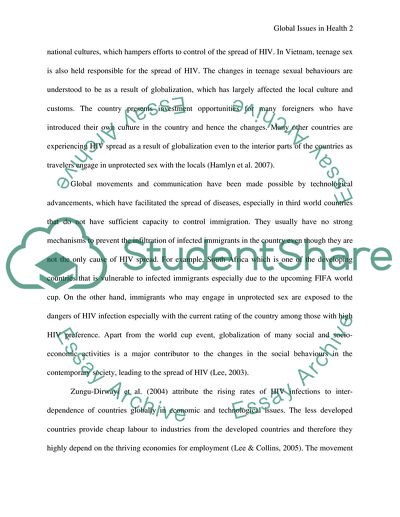Cite this document
(Global Issues in Health Term Paper Example | Topics and Well Written Essays - 3000 words, n.d.)
Global Issues in Health Term Paper Example | Topics and Well Written Essays - 3000 words. Retrieved from https://studentshare.org/social-science/1733820-global-issues-in-health
Global Issues in Health Term Paper Example | Topics and Well Written Essays - 3000 words. Retrieved from https://studentshare.org/social-science/1733820-global-issues-in-health
(Global Issues in Health Term Paper Example | Topics and Well Written Essays - 3000 Words)
Global Issues in Health Term Paper Example | Topics and Well Written Essays - 3000 Words. https://studentshare.org/social-science/1733820-global-issues-in-health.
Global Issues in Health Term Paper Example | Topics and Well Written Essays - 3000 Words. https://studentshare.org/social-science/1733820-global-issues-in-health.
“Global Issues in Health Term Paper Example | Topics and Well Written Essays - 3000 Words”, n.d. https://studentshare.org/social-science/1733820-global-issues-in-health.


